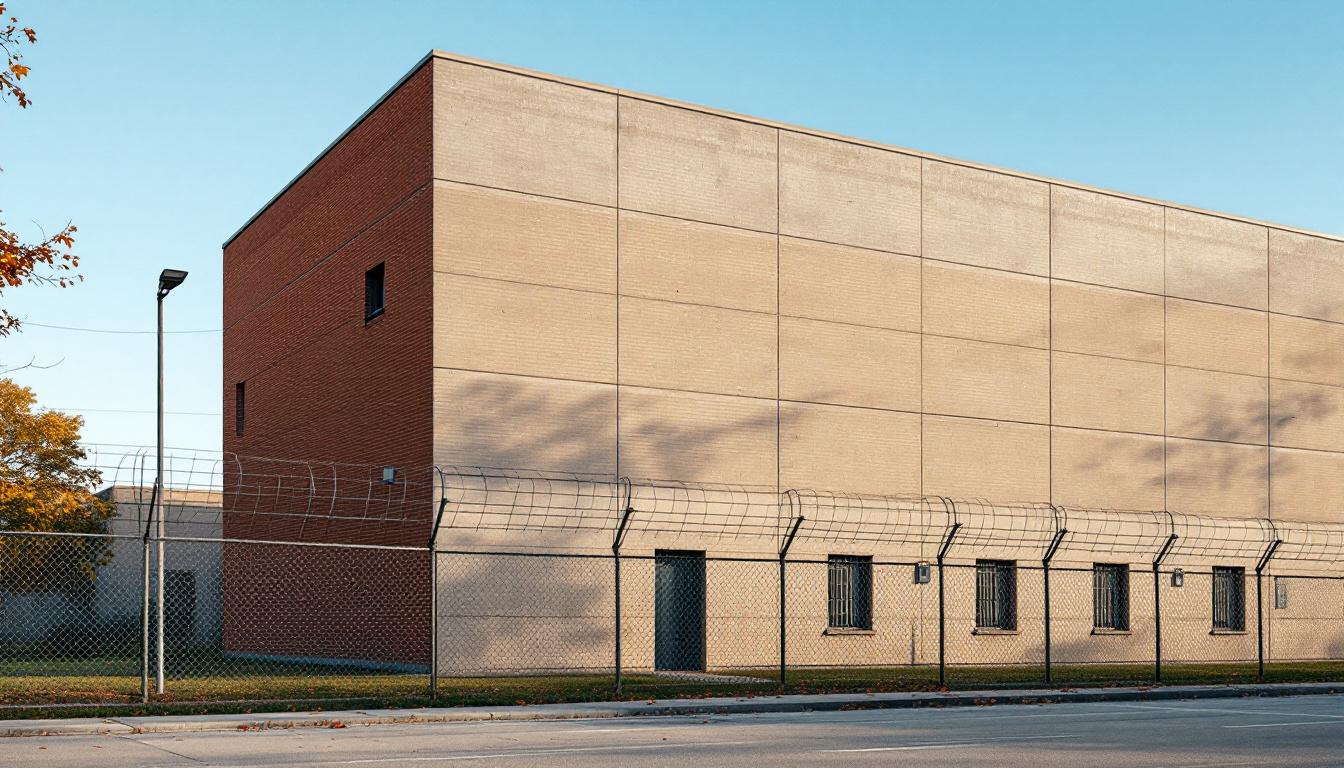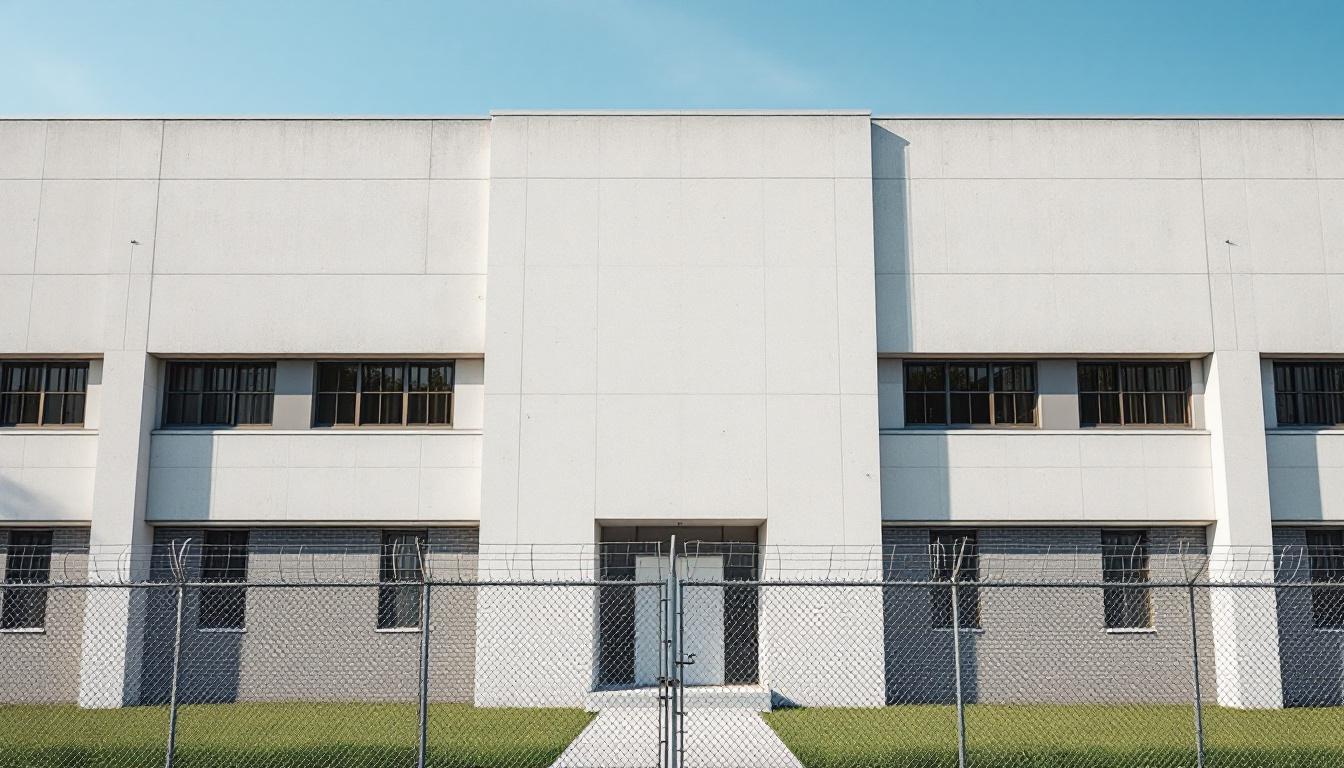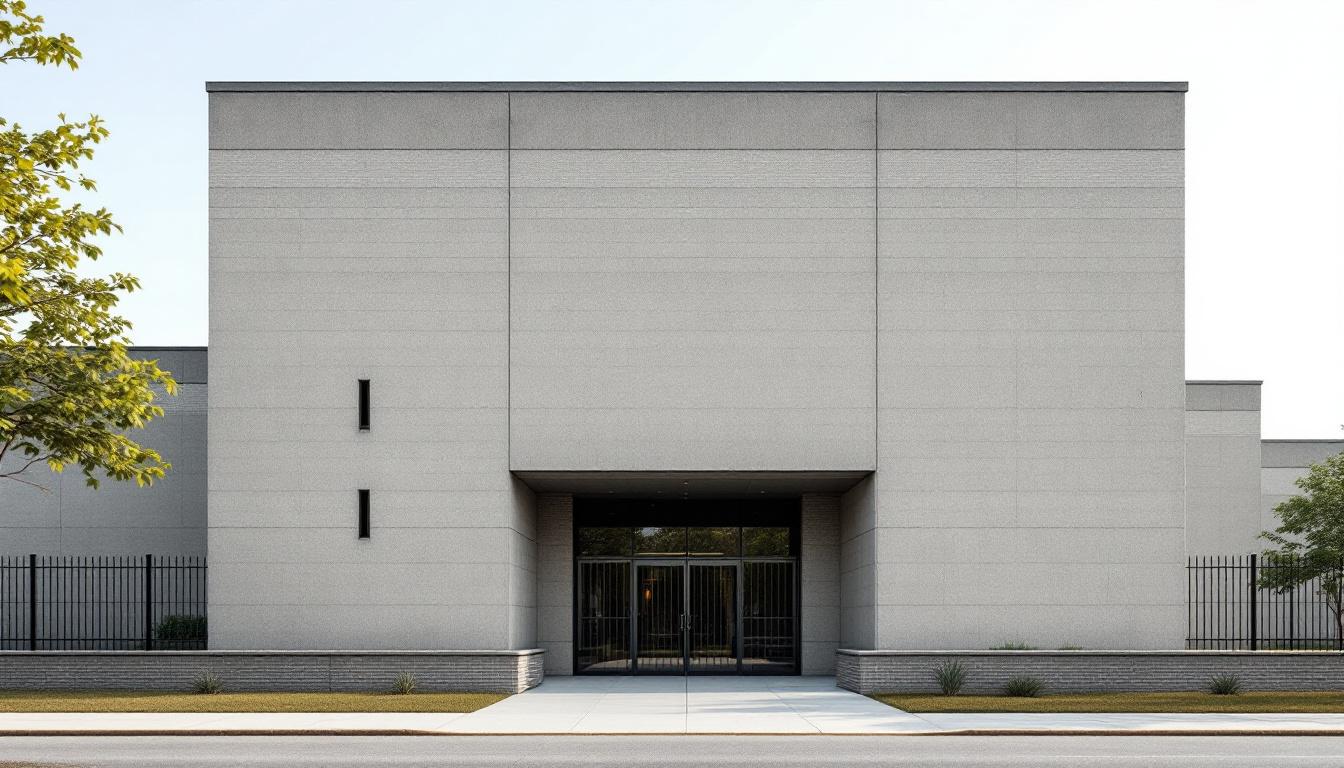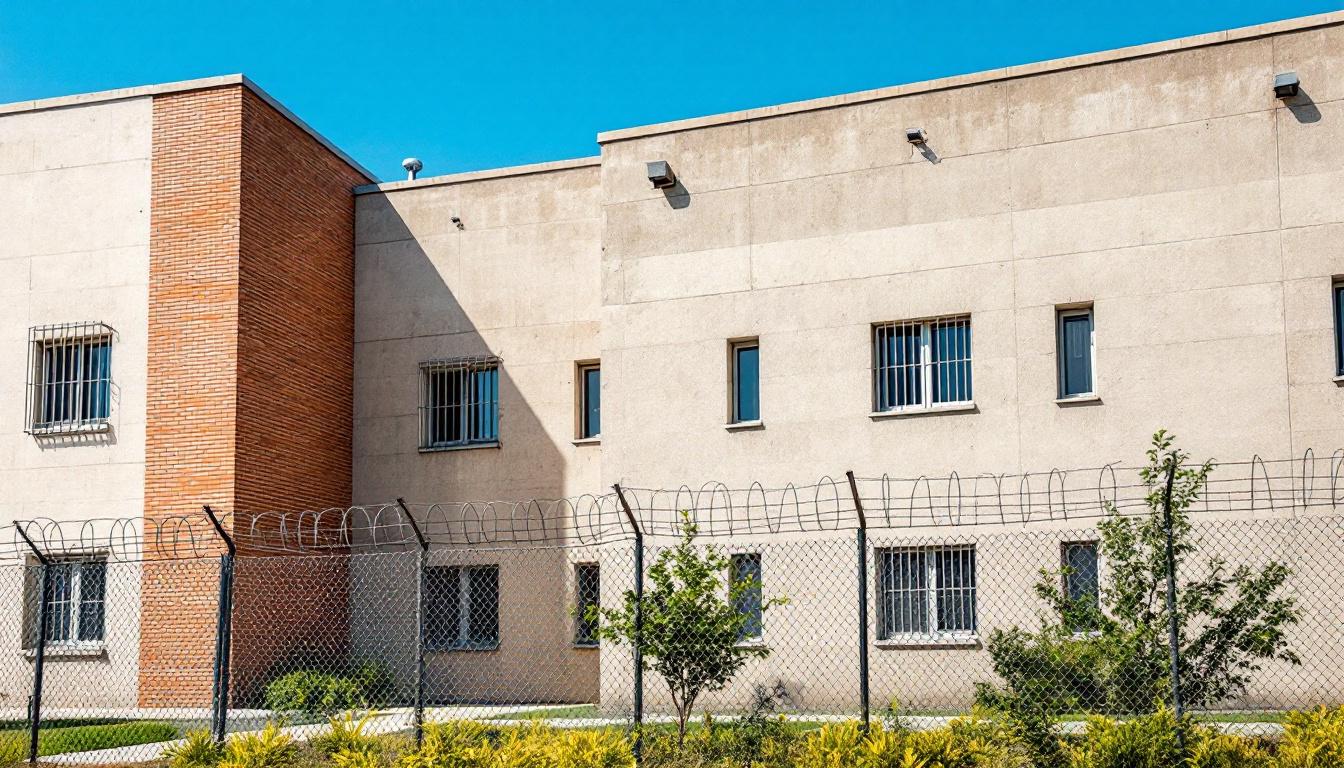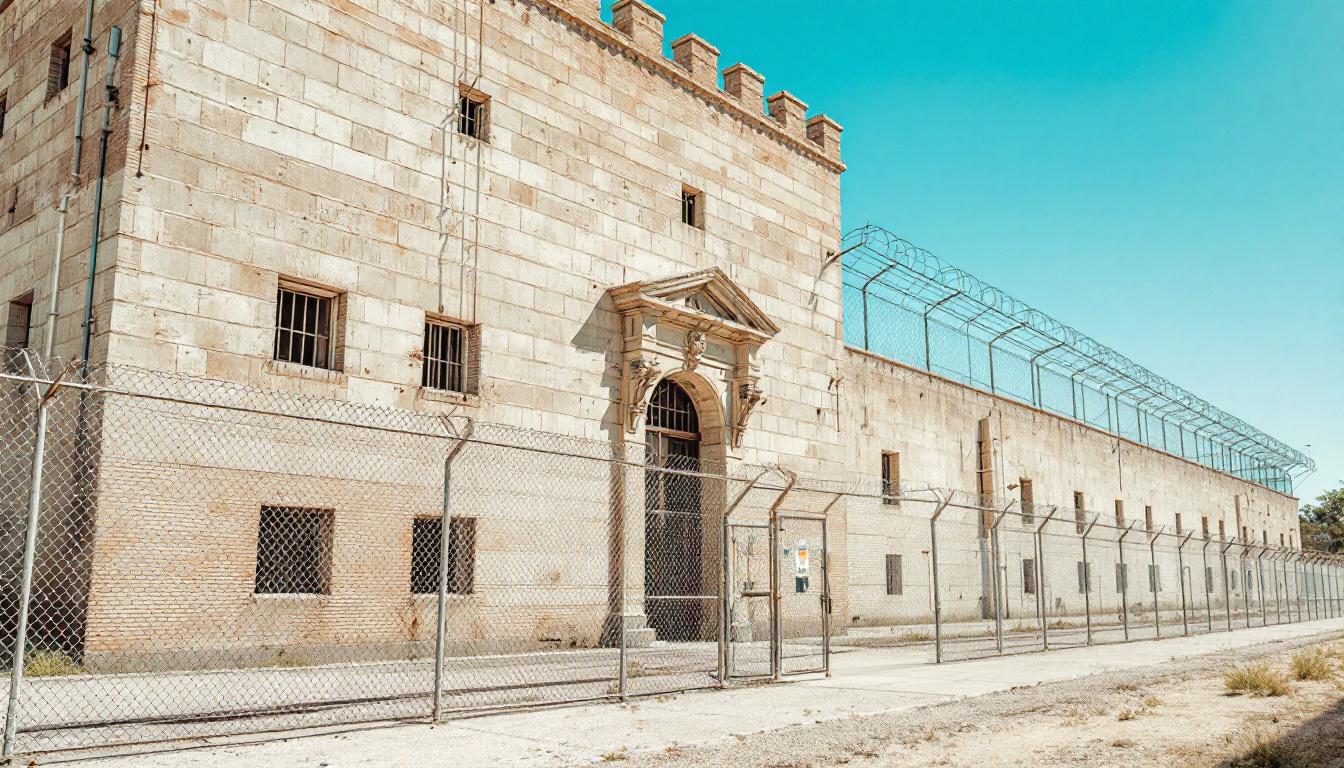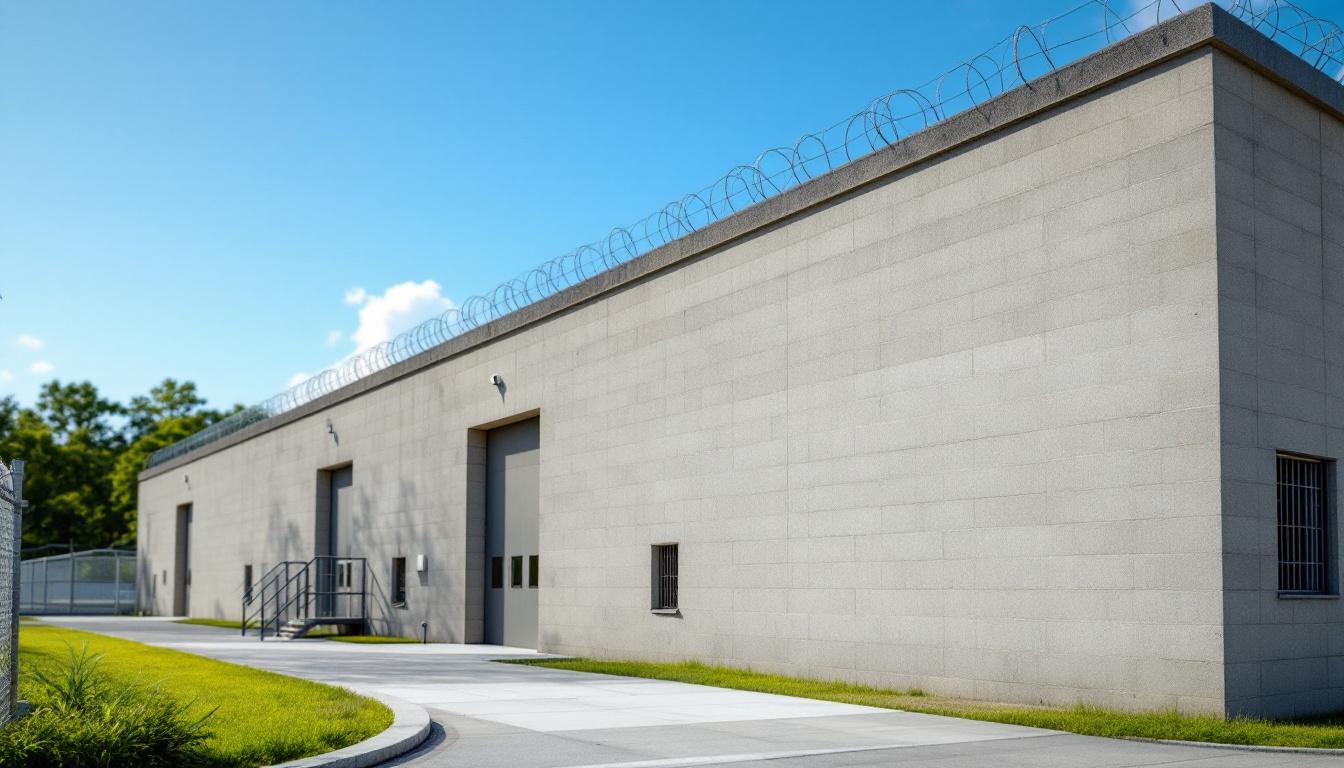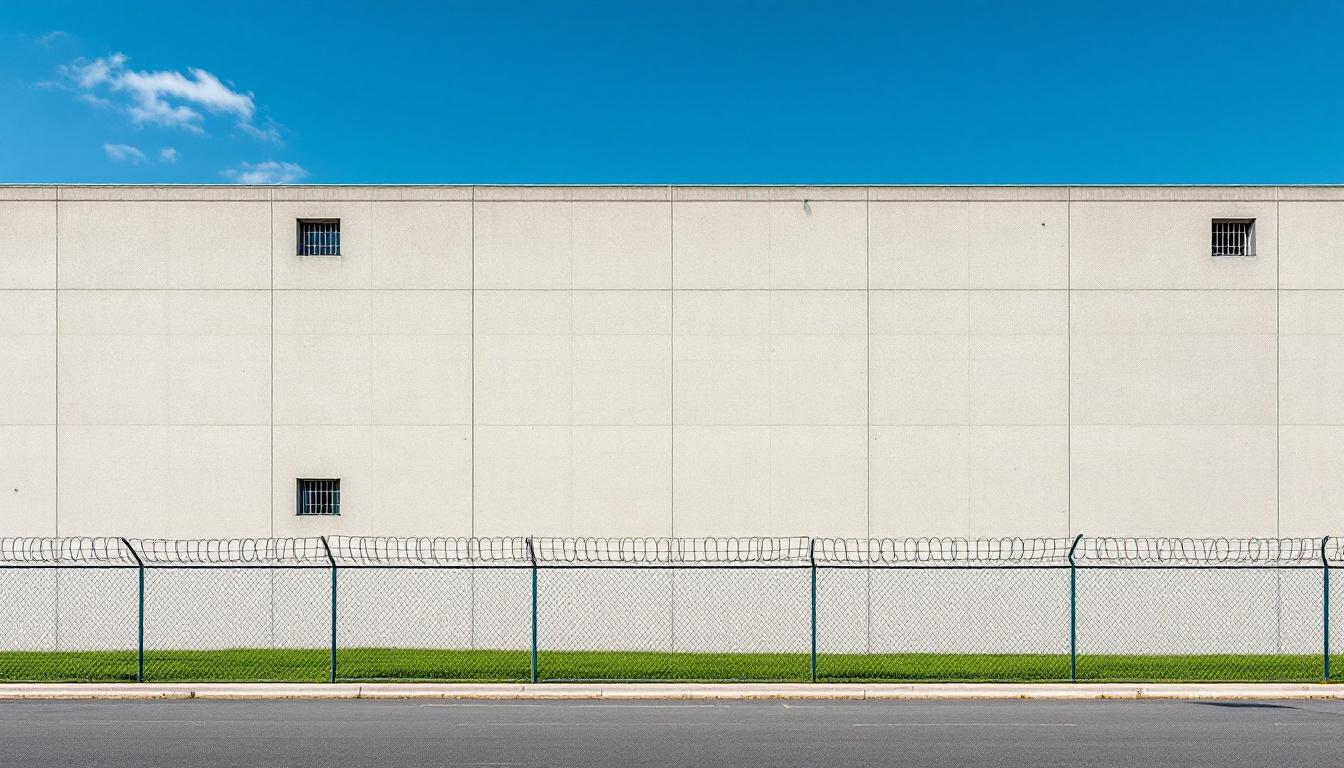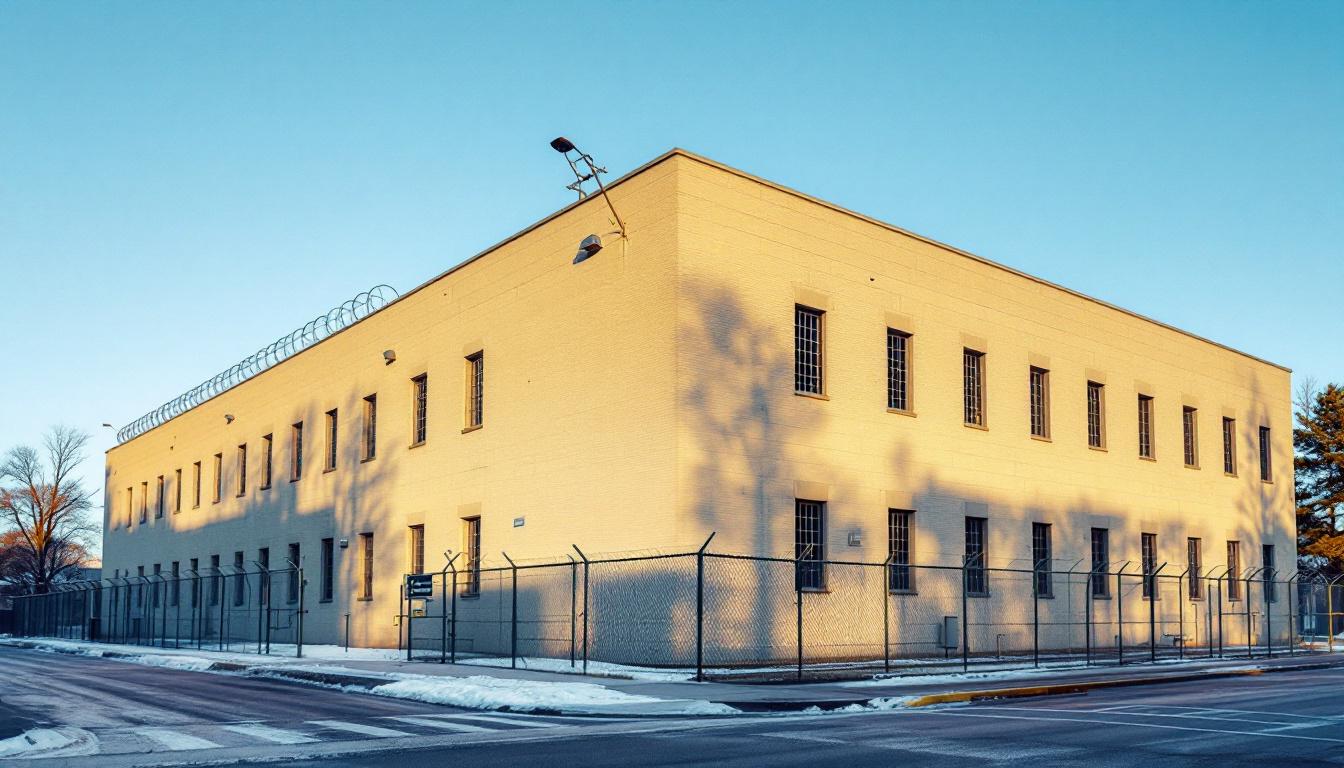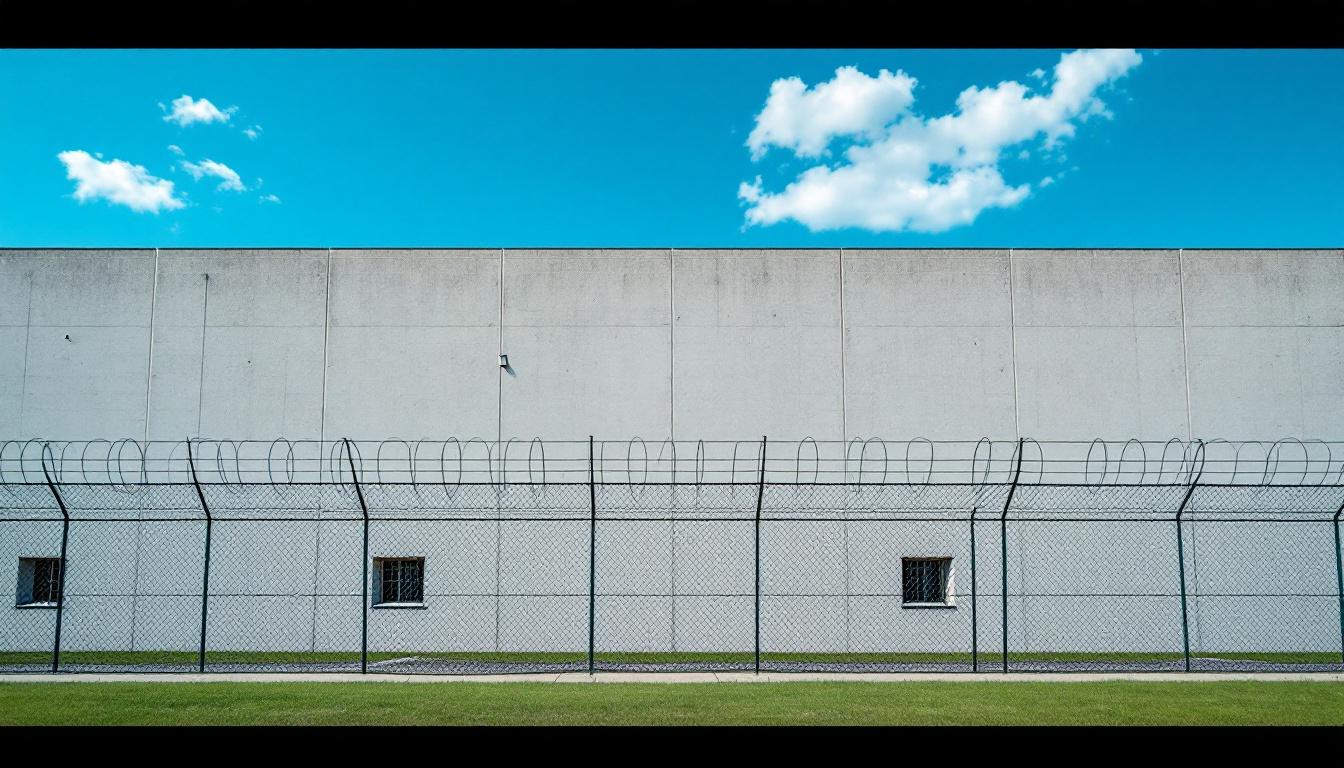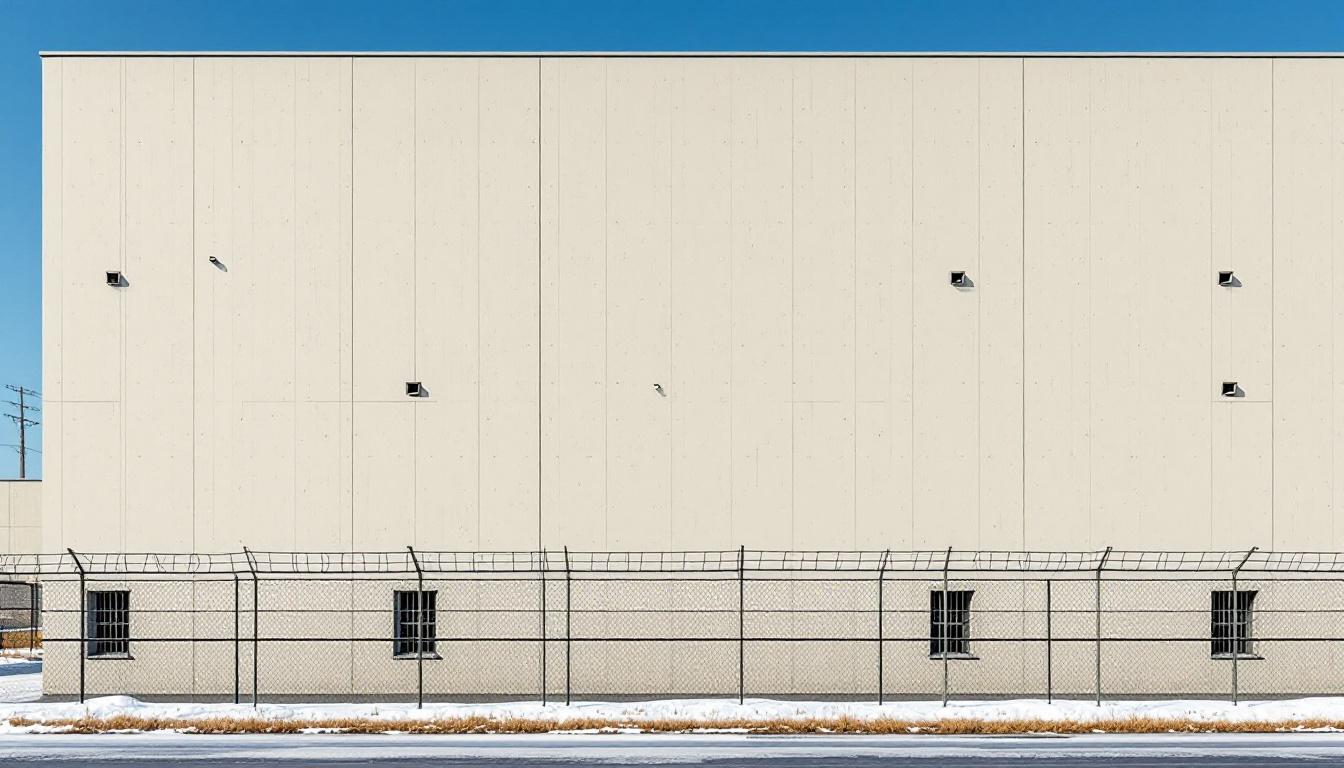
Quick Navigation
How to contact an inmate at Valencia Co Detention Center
This comprehensive guide will walk you through how to connect with an inmate at Valencia Co Detention Center. Follow the steps below to find an inmate and send letters and photos:
- Search for the inmate using our search tool below
- Create your account or log in to Penmate
- Write your message (up to 6,000 characters)
- Send instantly - inmates receive printed copies daily
Find an Inmate
Search for an inmate to start communicating today
Tip: You can search by first name, last name, or inmate ID number
To contact a person at Valencia Co Detention Center start by searching for the person on the official facility website. Perform a search by following these steps:
- Step 1: Enter their first name and last name into the search form and click "Search"
- Step 2: Locate their inmate record
- Step 3: Write down their Inmate ID and any housing information provided
Important! Be sure to enter the person's full name. Nicknames should not be used.
How to Send Messages to Inmates

You can use your phone or computer to send emails, letters, and photos to an inmate. Messages are sent electronically to inmate tablets or kiosks at the facility. If you would like to send a message, start by searching for an inmate at Valencia Co Detention Center.
Sending Photos and Postcards

A great way to send love and support to a loved one at Valencia Co Detention Center is to send photos and postcards. It only takes a few minutes to send photos from your phone and it makes a huge difference. You can also mail postcards with words of support and inspiration, or design your own postcard for special moments like birthdays and holidays.
Important! Be sure not to send any explicit photos or they may not be approved by the facility. You can also use a photo printing app like Penmate to make sure your photos are printed at the correct size (4x6 or 3x5) and are mailed according to the rules and regulations of Valencia Co Detention Center.
Frequently asked questions about Valencia Co Detention Center
-
How long does it take to deliver a message?
If you're sending an email message your letter is usually delivered within 24-48 hours. For messages sent via mail you should expect delivery within 3-7 days. All messages will need be approved by Valencia Co Detention Center.
-
How much does it cost to send a message to Valencia Co Detention Center?
You can send a message free using your phone or mail a message via USPS for the price of a $0.60 stamp and envelope. You can also purchase credits or e-stamps from services starting at $1.99.
-
What services can I use to contact an inmate at Valencia Co Detention Center?
Penmate
You can use Penmate to send letters and photos to an inmate from your phone. It's an easy way to stay in touch during your loved one's incarceration. Use the inmate locator to find an inmate's location and contact information, then you can send messages within a few minutes.
Securus messaging
Securus may be another option for communicating with an inmate at Valencia Co Detention Center. You can create a friends and family account and purchase credits to send messages. All messages will be reviewed and must be approved by the facility.
JPay
Some county jails and state prisons may support sending messages with JPay. You must register an account with the system, find your loved one, and purchase stamps to send messages. For some locations you can also attach photos.
Smart Jail Mail
You may also check if Smart Jail Mail is available at Valencia Co Detention Center. Smart Jail Mail is operated by Smart Communications and has contracted with some state and county jails. After purchasing credits, your messages and photos are sent to the facility, printed out, and then handed out to your loved one.
-
What is the mailing address of Valencia Co Detention Center?
Mailing address:
Valencia Co Detention Center
436 Los Lentes Rd SE
Los Lunas, NM 87031
Phone: (505) 565-8900Business hours:
- Monday: 8:00 AM – 4:00 PM
- Tuesday: 8:00 AM – 4:00 PM
- Wednesday: 8:00 AM – 4:00 PM
- Thursday: 8:00 AM – 4:00 PM
- Friday: 8:00 AM – 4:00 PM
- Saturday: Closed
- Sunday: Closed
-
What are the visiting hours at Valencia Co Detention Center?
Visiting hours at Valencia Co Detention Center vary by housing unit and security level. Generally, visits are scheduled on weekends and holidays, with some facilities offering weekday visits. Contact the facility directly at (505) 565-8900 or check their website for the current visiting schedule. Visits typically last 30-60 minutes and must be scheduled in advance.
-
What items are prohibited when sending mail to Valencia Co Detention Center?
Prohibited items typically include: cash, personal checks, stamps, stickers, glitter, glue, tape, staples, paperclips, polaroid photos, musical or blank greeting cards, hardcover books, magazines with staples, and any items containing metal or electronics. Only send letters on plain white paper with blue or black ink. Photos must be printed on regular photo paper (no Polaroids). Always check with Valencia Co Detention Center for their specific mail policies.
-
How do I send money to an inmate at Valencia Co Detention Center?
You can send money to an inmate at Valencia Co Detention Center through several methods: 1) Online using JPay, Access Corrections, or the facility's approved vendor, 2) Money orders mailed directly to the facility with the inmate's name and ID number, 3) Kiosks located in the facility lobby, or 4) Over the phone using a credit or debit card. Fees vary by method, typically ranging from $2.95 to $11.95 per transaction.
-
Can I schedule a video visit with an inmate at Valencia Co Detention Center?
Many facilities now offer video visitation as an alternative to in-person visits. At Valencia Co Detention Center, video visits may be available through services like Penmate, Securus Video Connect, GTL, or ICSolutions. Video visits typically cost $10-20 for 20-30 minutes and must be scheduled in advance. You'll need a computer or smartphone with a camera and reliable internet connection. Contact the facility for their specific video visitation policies and approved vendors.
-
What identification do I need to visit an inmate at Valencia Co Detention Center?
All visitors must present valid government-issued photo identification such as a driver's license, state ID, passport, or military ID. Minors must be accompanied by a parent or legal guardian who can provide the minor's birth certificate. Some facilities require visitors to be on the inmate's approved visitation list, which may require a background check. Contact Valencia Co Detention Center for specific ID requirements and visitor approval procedures.
-
How can I find out an inmate's release date?
To find an inmate's release date at Valencia Co Detention Center, you can: 1) Use the online inmate search tool if available, 2) Call the facility's records department, 3) Contact the inmate's case manager or counselor, or 4) Have the inmate provide this information during a call or visit. For privacy reasons, some facilities only release this information to immediate family members.
Facility Overview
Contact Information
Valencia Co Detention Center436 Los Lentes Rd SE
Los Lunas, NM 87031
Phone: (505) 565-8900
Official Website

About Valencia Co Detention Center
Detention centers within New Mexico's correctional framework typically serve as pre-trial holding facilities and short-term housing for individuals awaiting court proceedings or serving brief sentences. The Valencia County Detention Center operates as part of this network in Los Lunas, a community situated in the central region of the state where the Rio Grande Valley meets the surrounding high desert terrain. This NM correctional facility functions within the broader justice system serving Valencia County residents, processing individuals through various stages of the legal process while maintaining connections to the local community and regional support networks.
The facility's operational approach generally centers on managing the population services required for both pre-trial detainees and sentenced individuals serving shorter terms. Staff typically coordinate with local courts, law enforcement agencies, and community organizations to facilitate the movement of individuals through the justice system. The detention center may offer basic educational programming, substance abuse counseling, and reintegration planning services, though specific offerings often depend on available resources and community partnerships. Los Lunas' position within the state's central corridor allows for coordination with various regional services and transportation networks that support the facility's operations.
Throughout its operation, the Valencia County Detention Center has adapted to serve the evolving needs of the local justice system while maintaining focus on public safety and individual accountability. The facility's role in the community extends beyond simple detention, as staff may work to connect individuals with family members, legal representation, and community resources that support successful reintegration. This process-oriented approach reflects broader trends in correctional management that emphasize preparation for release and community reentry, recognizing that most individuals housed in detention centers will eventually return to their communities in the Los Lunas area and throughout Valencia County.
Programs & Services
Building meaningful connections and providing pathways to positive change forms the foundation of support services at Valencia County Detention Center. The facility recognizes that effective rehabilitation requires addressing multiple aspects of an individual's life through comprehensive programming. These efforts typically focus on developing practical skills, addressing underlying challenges, and preparing the population for successful community reintegration.
Educational opportunities serve as a cornerstone of personal development within the facility. The population may access basic education programs designed to help individuals earn their GED or improve fundamental academic skills. College correspondence courses are often available for those seeking to advance their education while incarcerated. In addition to this, vocational training programs provide hands-on learning experiences, with offerings that may include small engine repair and other trade-focused instruction that can lead to employment opportunities upon release.
Therapeutic communities create structured environments where the population can work together toward recovery and personal growth. Dual diagnosis treatment programs typically address both substance abuse issues and co-occurring mental health conditions through integrated care approaches. These support services often emphasize peer accountability and group participation, helping individuals develop healthy coping strategies and build the social skills necessary for maintaining stability in their families and communities after release.
Daily Life & Visitation
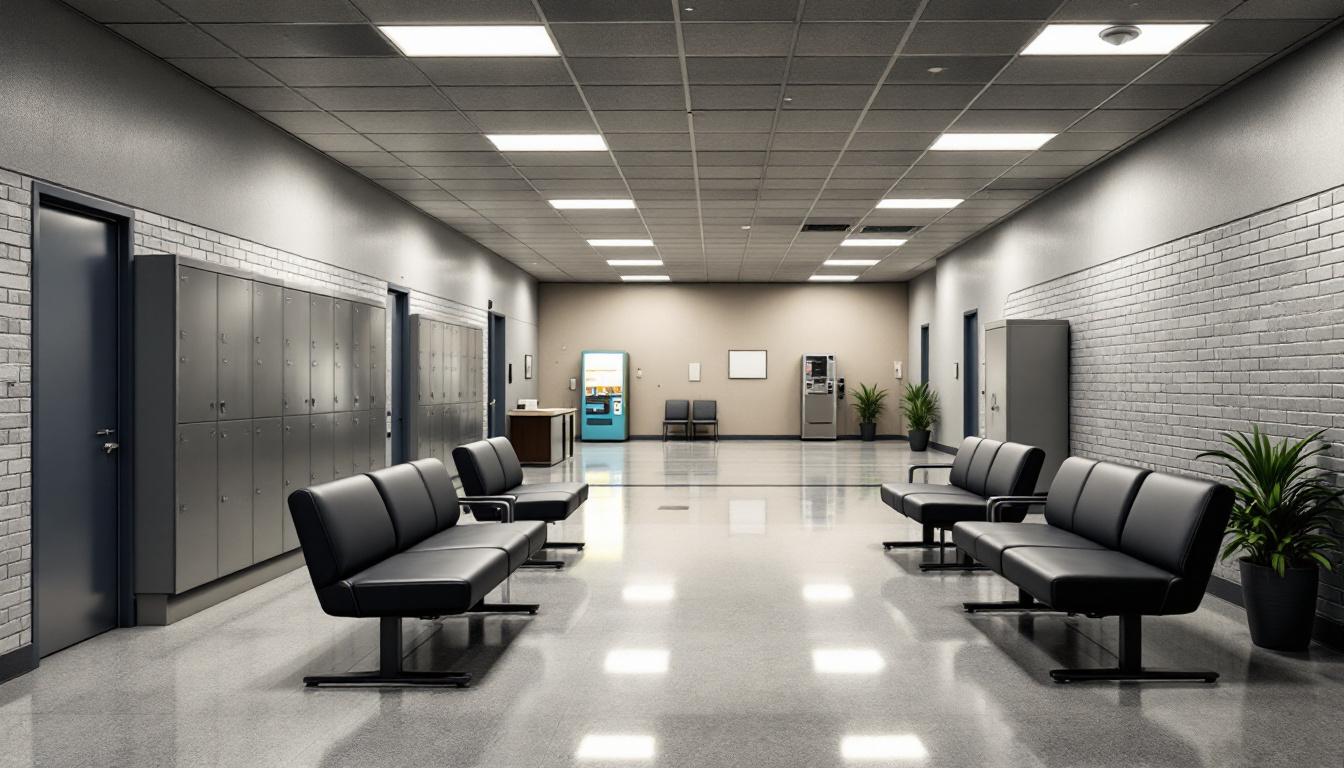
Organizational frameworks actively shape every aspect of the experience for the population at Valencia County Detention Center, with structured schedules and clear protocols governing movement throughout the facility. At present, daily routines typically begin with early morning counts and meal service, followed by scheduled programming blocks that may include educational classes, counseling sessions, or work assignments. The population generally moves between activities in supervised groups, with staff actively coordinating transitions to maintain security and order throughout the day.
Housing units typically accommodate multiple residents in dormitory-style or cell-based arrangements, depending on classification levels and available space. Living areas generally include basic furnishings and personal storage options, with the population having access to common areas for television viewing and social interaction during designated periods. In addition to this, meals are usually served in centralized dining areas at scheduled times, though some housing units may receive meal service directly to their living areas based on security considerations.
Programming schedules supply structure through various activities that may include library access, recreational opportunities, and vocational training when available. The population typically has access to outdoor recreation areas for exercise and fresh air during scheduled periods, while indoor activities often include games, fitness equipment, and group programming. Despite this structured environment, family connections remain important through scheduled visitation periods and telephone access, with commissary services generally available to supplement basic necessities and maintain contact with loved ones outside the facility.
Ready to Connect?
Start communicating with your loved one today
Search for an Inmate
